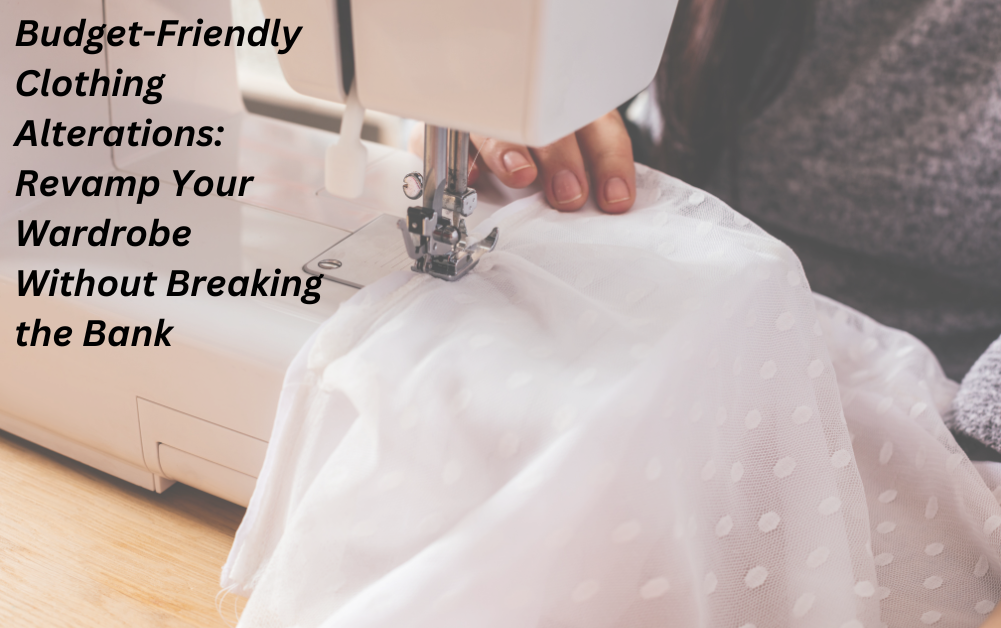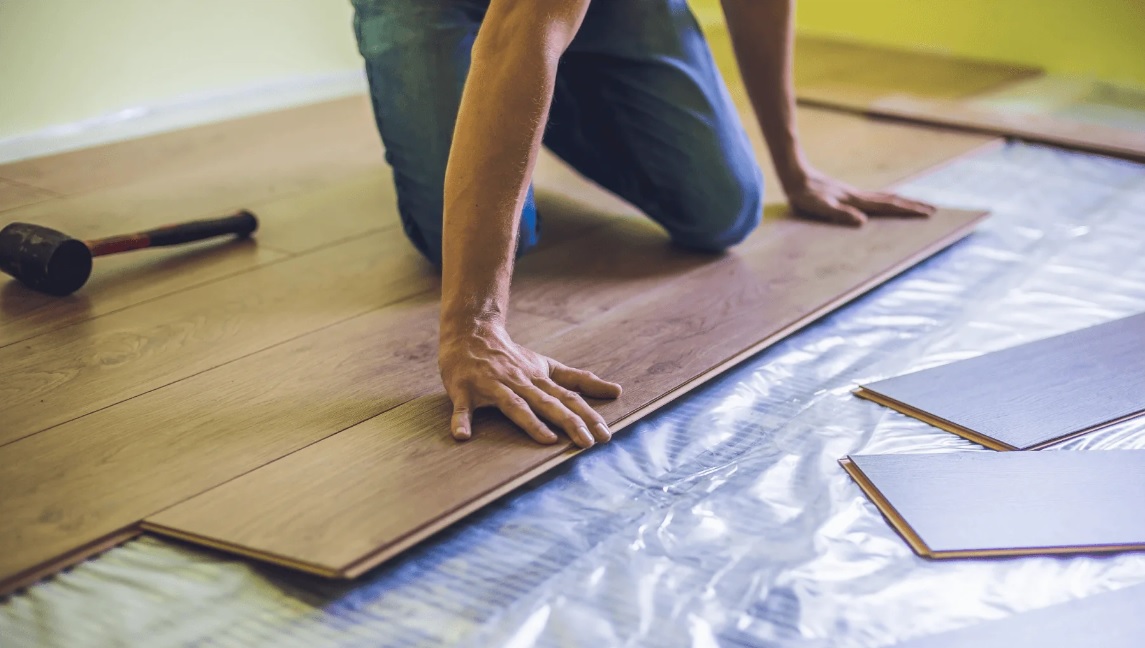When it comes to durable and long-lasting flooring options, screed flooring is a popular choice among homeowners and businesses alike. Screed flooring offers numerous benefits, including high strength, smooth finish, and excellent resistance to wear and tear. However, like any other flooring type, screed floors are not immune to issues, and one of the common problems that can occur is cracks in the screed surface.
In this article, we will explore 15 reasons why screed flooring cracks and how to prevent and address these issues effectively.
Table of Contents
- Understanding Screed Flooring
- Types of Screed Flooring
- Importance of Proper Installation
- Insufficient Curing Time
- Excessive Drying
- Low-Quality Materials
- Inadequate Thickness
- Impact and Heavy Load
- Moisture and Humidity
- Temperature Fluctuations
- Inadequate Expansion Joints
- Poor Substrate Preparation
- Improper Mixing Ratio
- Chemical Reactions
- Settlement and Structural Issues
Understanding Screed Flooring
Liquid screed flooring dubai is a mixture of cement, sand, and water applied to a concrete or subfloor to create a smooth, level surface. It serves as a base for other flooring materials, such as tiles, carpets, or wood. The quality and durability of the screed flooring depend on various factors, including installation, materials used, and environmental conditions.
Types of Screed Flooring
There are different types of screed flooring, including traditional sand-cement screed, self-leveling screed, and anhydrite screed. Each type has its unique properties and application methods, but they are all susceptible to cracking under certain conditions.
Importance of Proper Installation
Proper installation is crucial to avoid potential issues with screed flooring. Incorrect mixing, inadequate curing time, or improper application can lead to structural weaknesses and cracks in the screed surface.
Insufficient Curing Time
Curing is the process of allowing the screed to dry and gain strength. Insufficient curing time can result in weak and brittle screed, making it more prone to cracking over time.
Excessive Drying
On the other hand, excessive drying can also cause cracks in screed flooring. Rapid drying due to high temperatures or low humidity can lead to shrinkage and surface cracks.
Low-Quality Materials
Using substandard or low-quality materials during the screed preparation can significantly impact its durability. Inferior cement or contaminated sand can weaken the screed, leading to cracks.
Inadequate Thickness
Applying an inadequate thickness of the screed layer might not provide enough strength to withstand daily foot traffic or load, leading to cracks.
Impact and Heavy Load
Screed flooring can crack if subjected to heavy impact or excessive load beyond its capacity. This is particularly common in high-traffic areas or industrial environments.
Moisture and Humidity
Moisture is one of the leading causes of screed flooring cracks. If the subfloor contains moisture or the screed is exposed to water during the curing process, it can weaken the structure and result in cracks.
Temperature Fluctuations
Extreme temperature fluctuations can cause the screed to expand and contract, leading to cracks over time.
Inadequate Expansion Joints
Expansion joints are essential to allow for the natural movement of the screed due to temperature changes. Without proper expansion joints, stress can build up and cause cracks.
Poor Substrate Preparation
A poorly prepared substrate, such as a contaminated or uneven concrete surface, can affect the adhesion of the screed and lead to cracking.
Improper Mixing Ratio
Accurate mixing ratios are crucial for the screed’s integrity. Deviating from the recommended proportions can weaken the screed and make it susceptible to cracks.
Chemical Reactions
Incompatible chemicals or additives can cause unexpected reactions in the screed, resulting in cracks and structural issues.
Settlement and Structural Issues
Screed flooring can crack if there are underlying settlement or structural problems in the building, causing movement that affects the screed.
Benefits of Screed Flooring
- High Durability: Screed flooring is known for its exceptional durability, making it suitable for high-traffic areas and heavy load-bearing environments. It can withstand wear and tear, retaining its quality and appearance for a long time.
- Smooth and Level Surface: Dubai Liquied Screeders provides a smooth and level surface, which is ideal for laying other flooring materials like tiles, wood, or carpets. It ensures a seamless and aesthetically pleasing finish.
- Excellent Thermal Conductivity: Screed has excellent thermal conductivity, making it a compatible option for underfloor heating systems. It efficiently distributes heat, providing a comfortable and even warmth throughout the space.
- Fast Installation: Compared to some other flooring options, screed flooring can be installed relatively quickly. Its ease of application and drying process allow for faster project completion.
- Cost-Effective: Screed flooring offers a cost-effective solution for creating a sturdy base for other flooring types. Its long lifespan and low maintenance requirements contribute to cost savings in the long run.
- Versatility: Screed can be used in various settings, from residential homes to commercial spaces, due to its versatility and adaptability to different flooring materials.
- Crack Resistance: When properly installed, screed flooring exhibits excellent crack resistance. It can withstand minor movements and settlement without compromising its integrity.
- Improved Sound Insulation: Screed acts as an effective sound barrier, reducing noise transmission between floors and creating a quieter indoor environment.
- Moisture Control: Depending on the type of screed used, it can provide moisture control and prevent moisture-related issues like dampness and mold growth.
- Sustainable Option: Some screed formulations incorporate eco-friendly materials, making it a sustainable flooring choice for environmentally conscious projects.
- High Compressive Strength: Screed has high compressive strength, which means it can handle heavy loads without deforming or breaking.
- Easy to Maintain: Once installed, screed flooring requires minimal maintenance. Regular cleaning is usually sufficient to keep it looking pristine.
- Improved Hygiene: The smooth and seamless surface of screed flooring reduces the accumulation of dirt, dust, and allergens, making it easier to maintain a clean and hygienic environment.
- Enhanced Fire Resistance: Certain screed types offer improved fire resistance, providing an added layer of safety in case of a fire.
- Long-Lasting Performance: Properly installed and maintained screed flooring can maintain its performance and appearance for many years, offering a reliable and long-lasting flooring solution.
In summary, screed flooring offers a wide range of benefits, including durability, smooth surface, excellent thermal conductivity, cost-effectiveness, crack resistance, and more. Its versatility and various advantages make it a popular choice for both residential and commercial flooring applications.
Conclusion
Dubai Screed flooring installers offers an excellent foundation for various types of flooring materials. However, to ensure its longevity and prevent cracks, proper installation, curing, and using high-quality materials are essential. Addressing issues like moisture, temperature fluctuations, and structural problems promptly can help maintain a crack-free screed floor.
FAQs
- Can screed flooring be repaired if cracks occur?
Yes, small cracks can be repaired using suitable repair materials, but extensive damage may require rescreeding the entire area.
- How long does screed flooring typically last before cracks appear?
With proper installation and maintenance, screed flooring can last for several years without any visible cracks.
- Is it possible to apply screed flooring over an existing floor?
Yes, screed can be applied over an existing floor, provided the substrate is stable and free from contaminants.
- Can I install underfloor heating with screed flooring?
Yes, underfloor heating systems can be installed with screed flooring, providing efficient and comfortable heating.
- What measures can I take to prevent screed flooring cracks?
Ensuring proper curing, using high-quality materials, and providing adequate expansion joints are some measures to prevent cracks in screed flooring.




